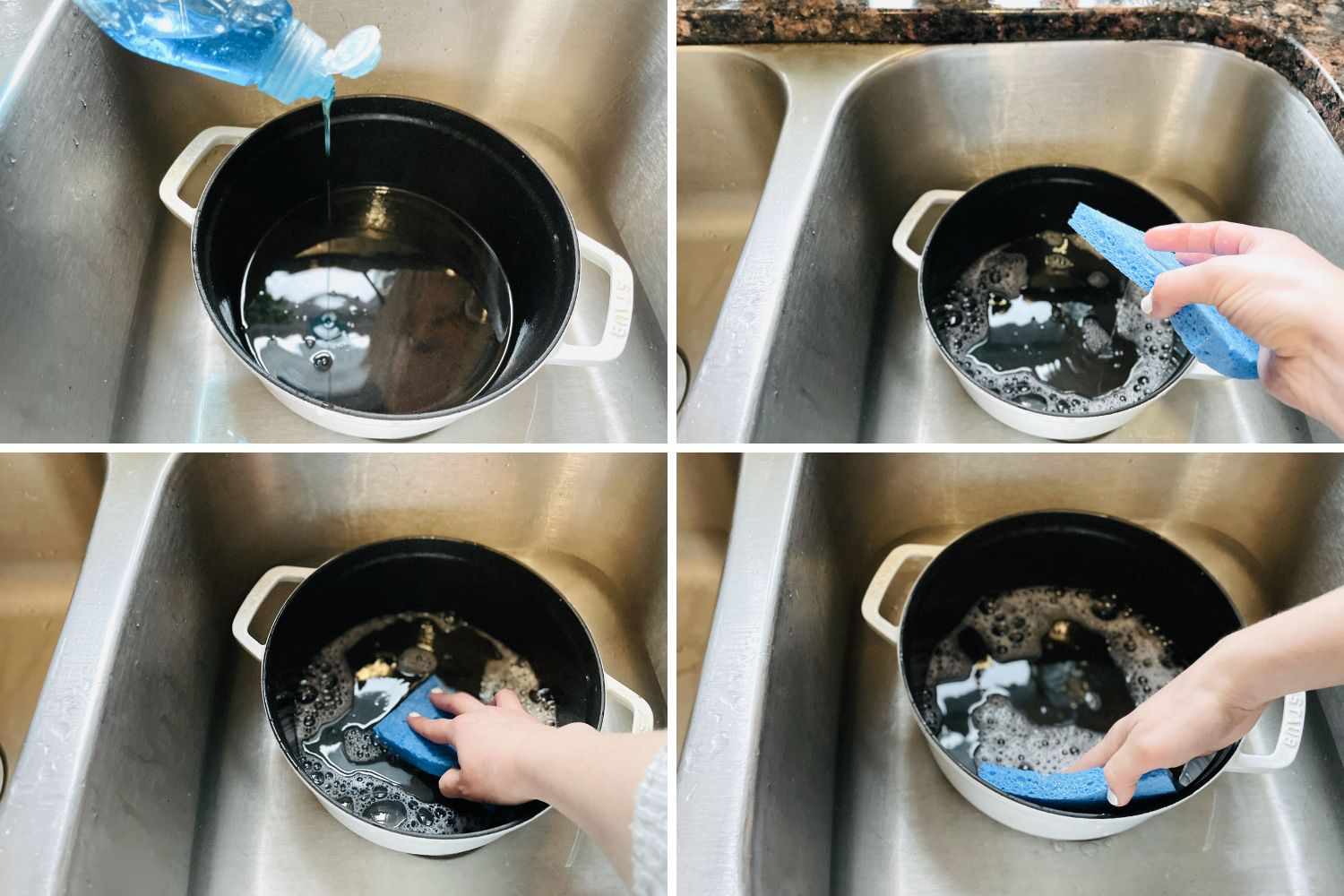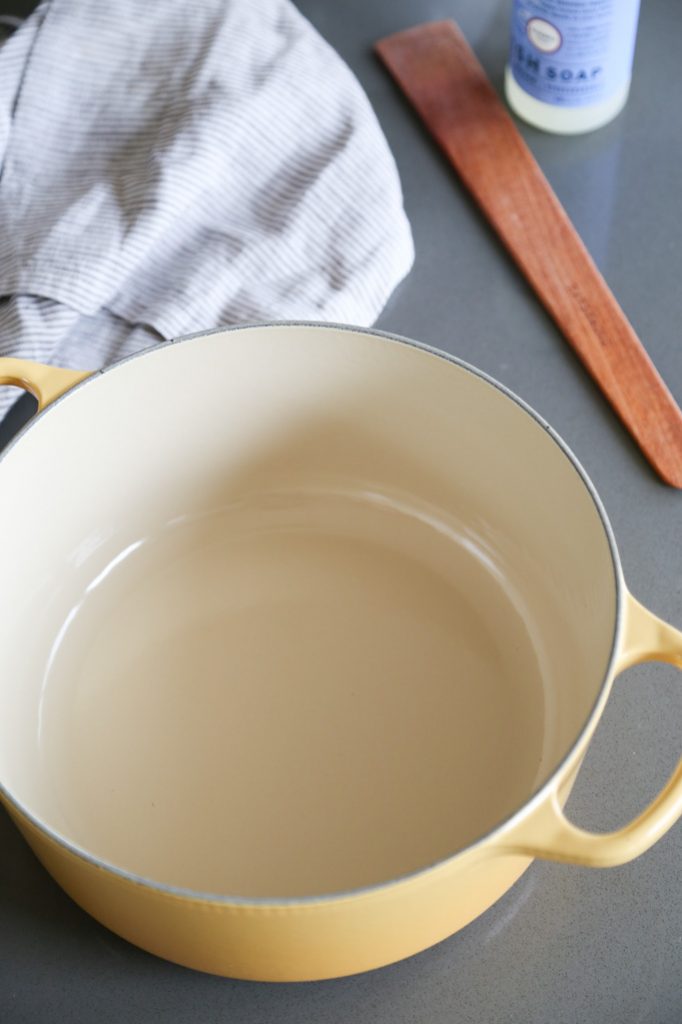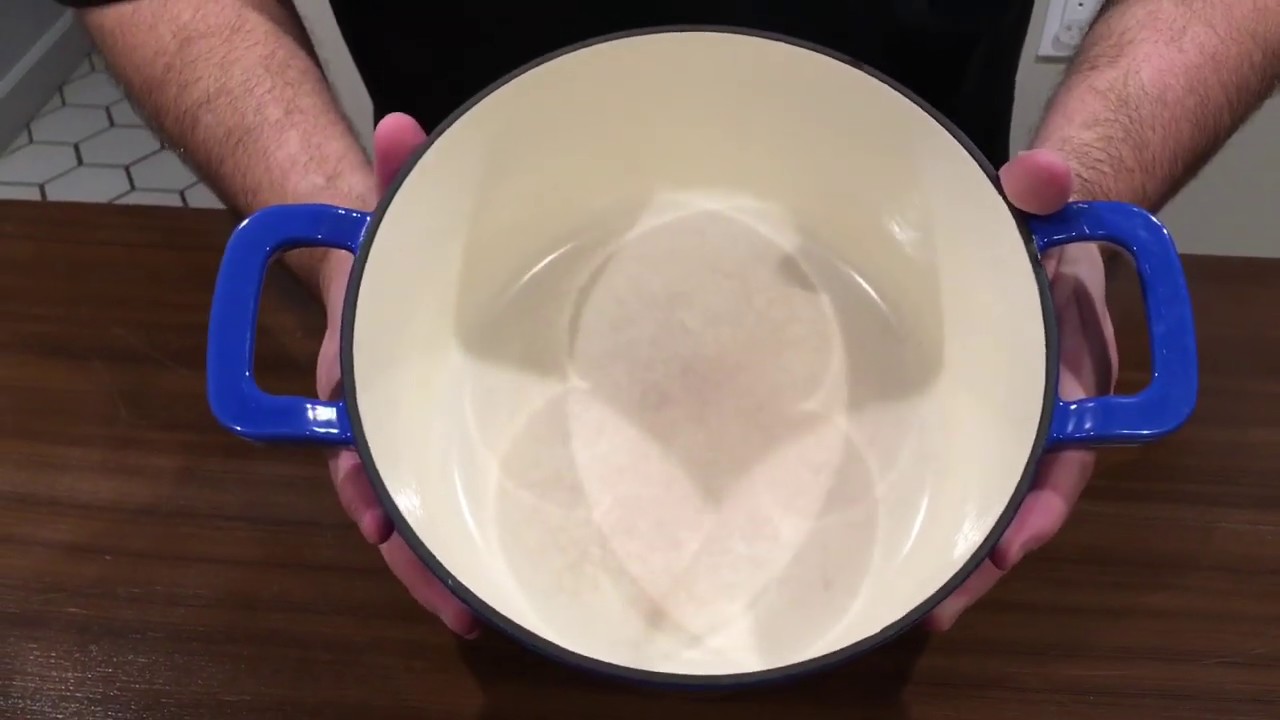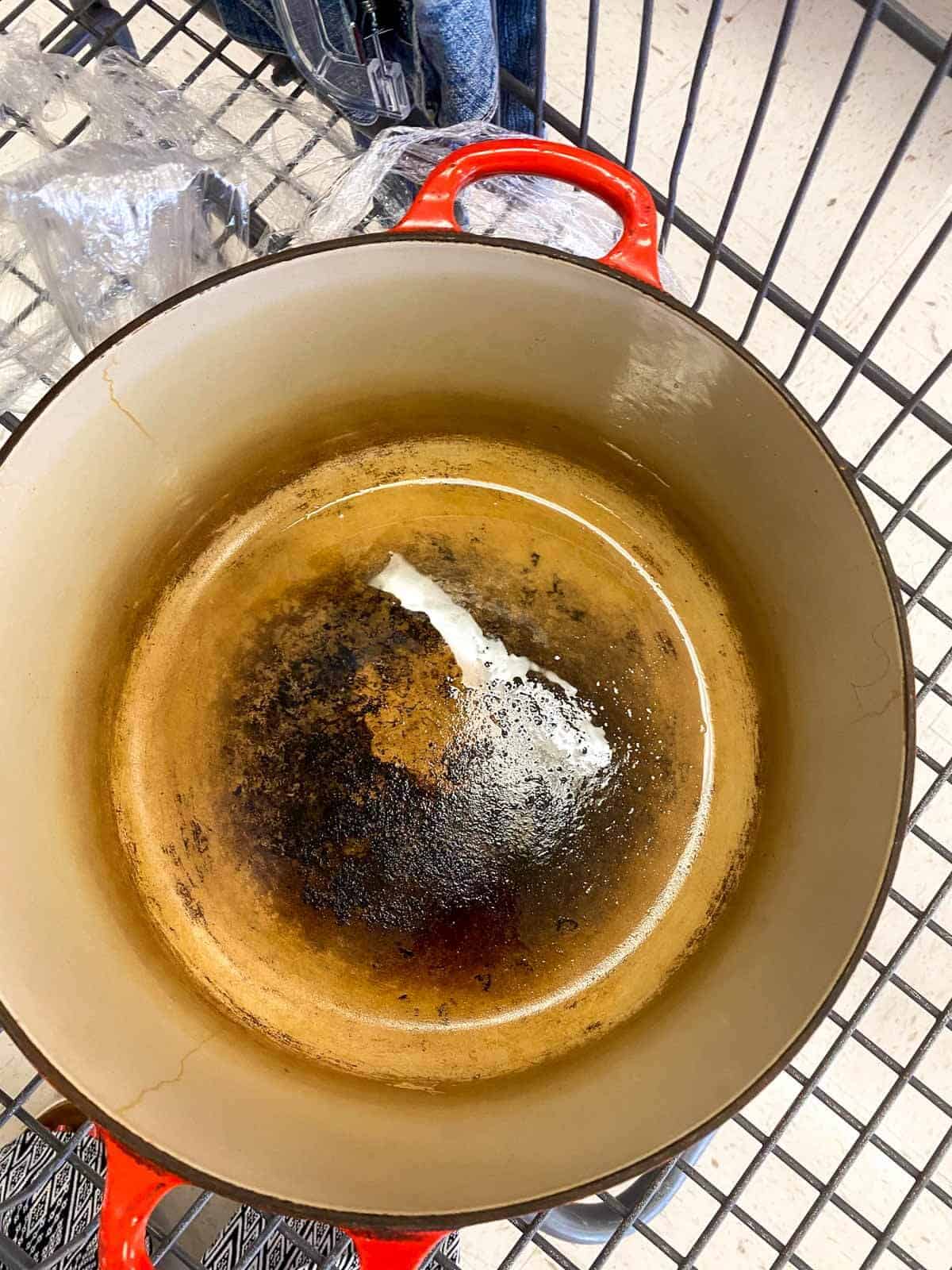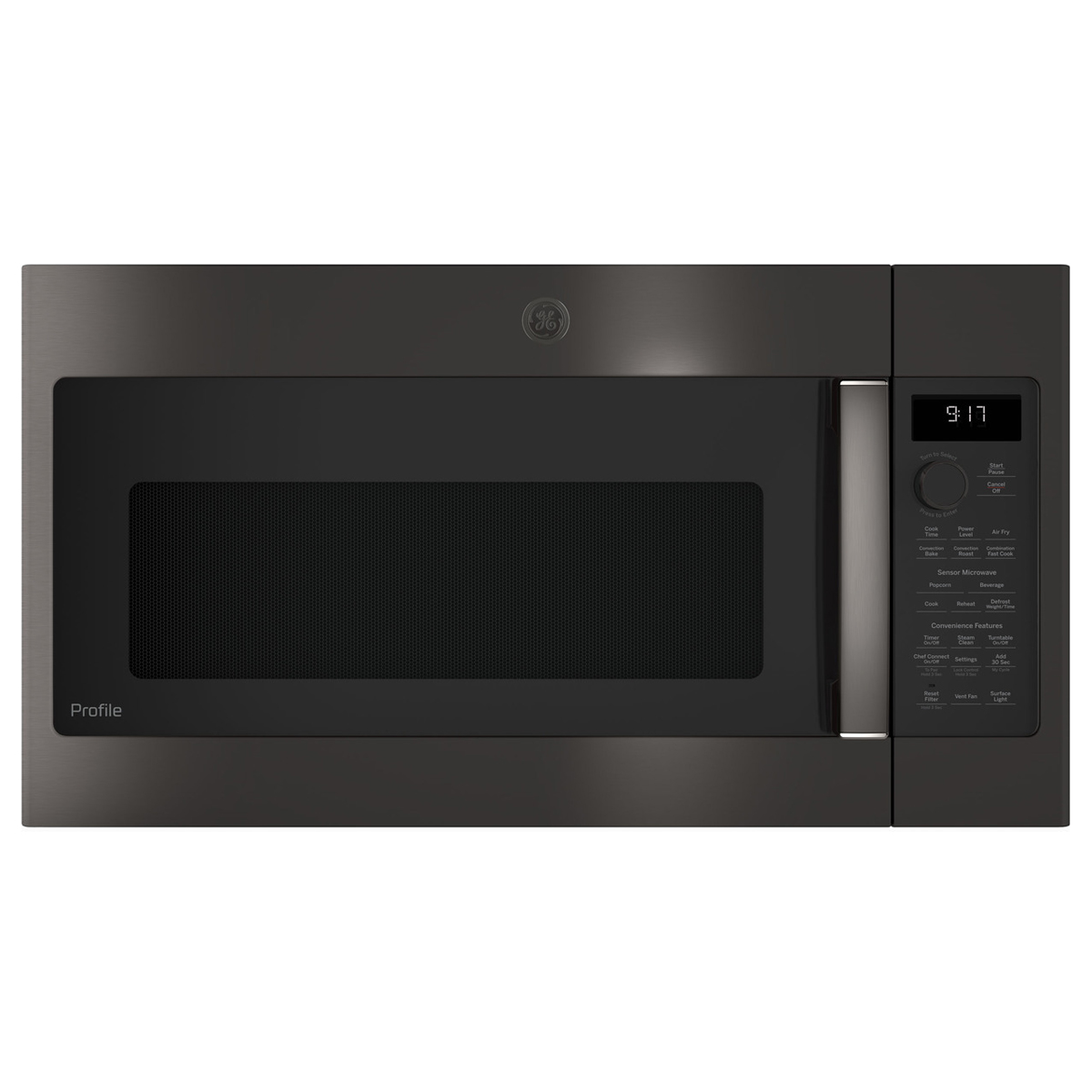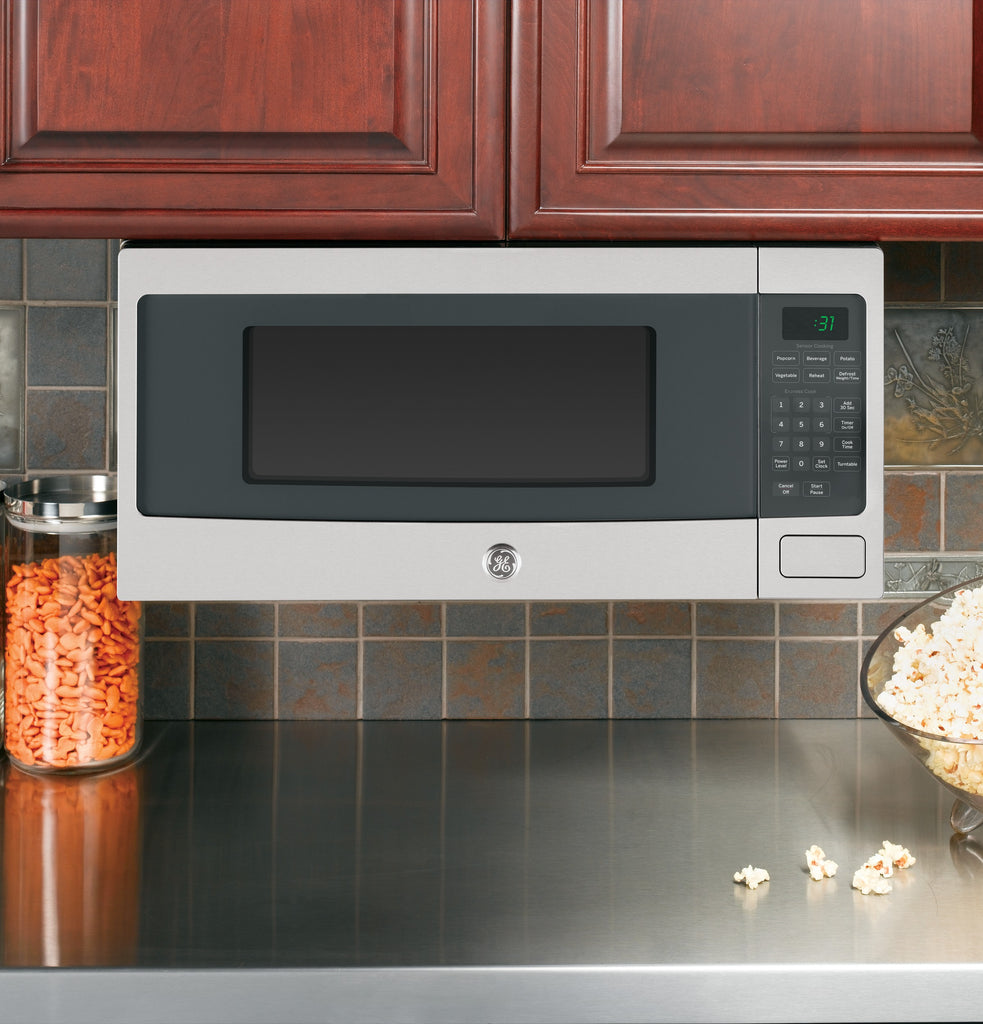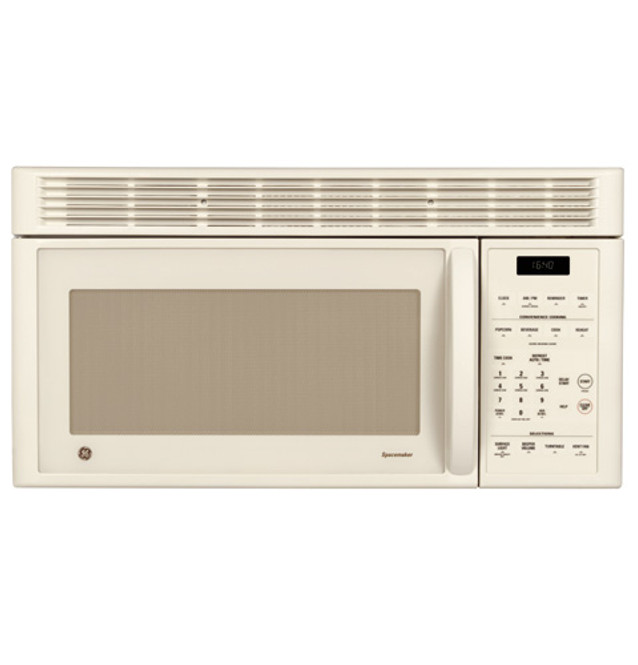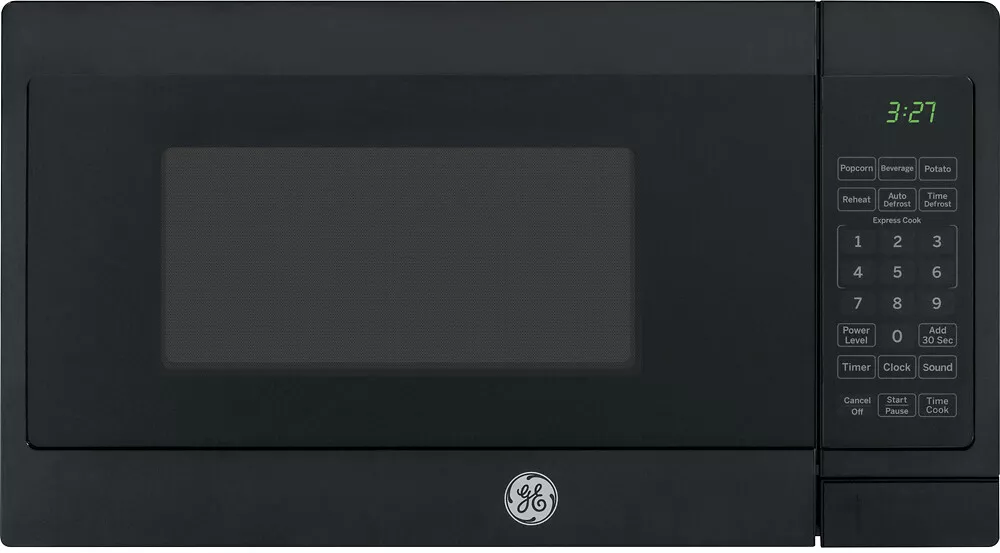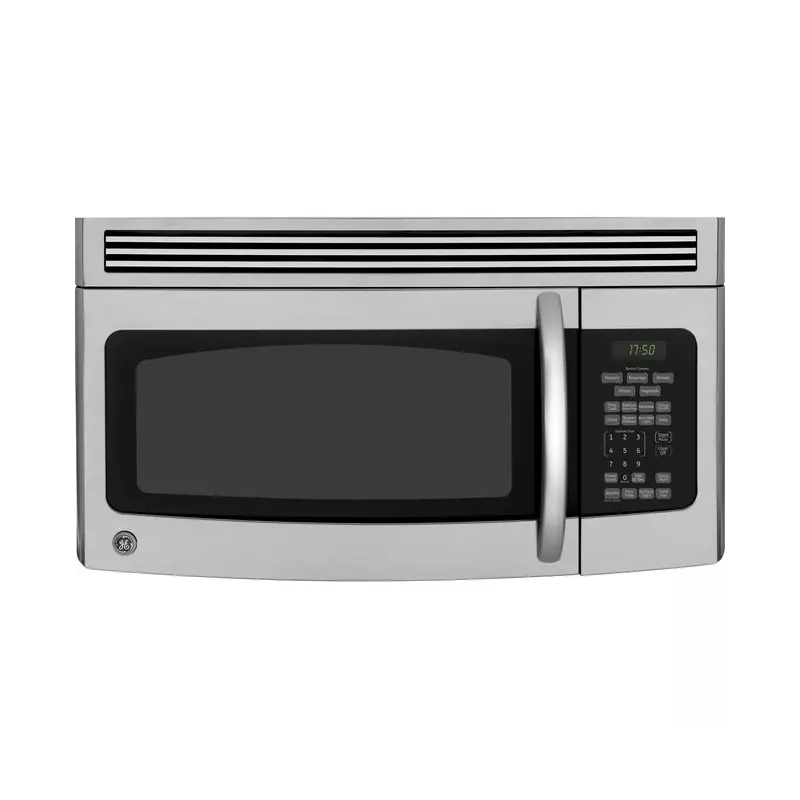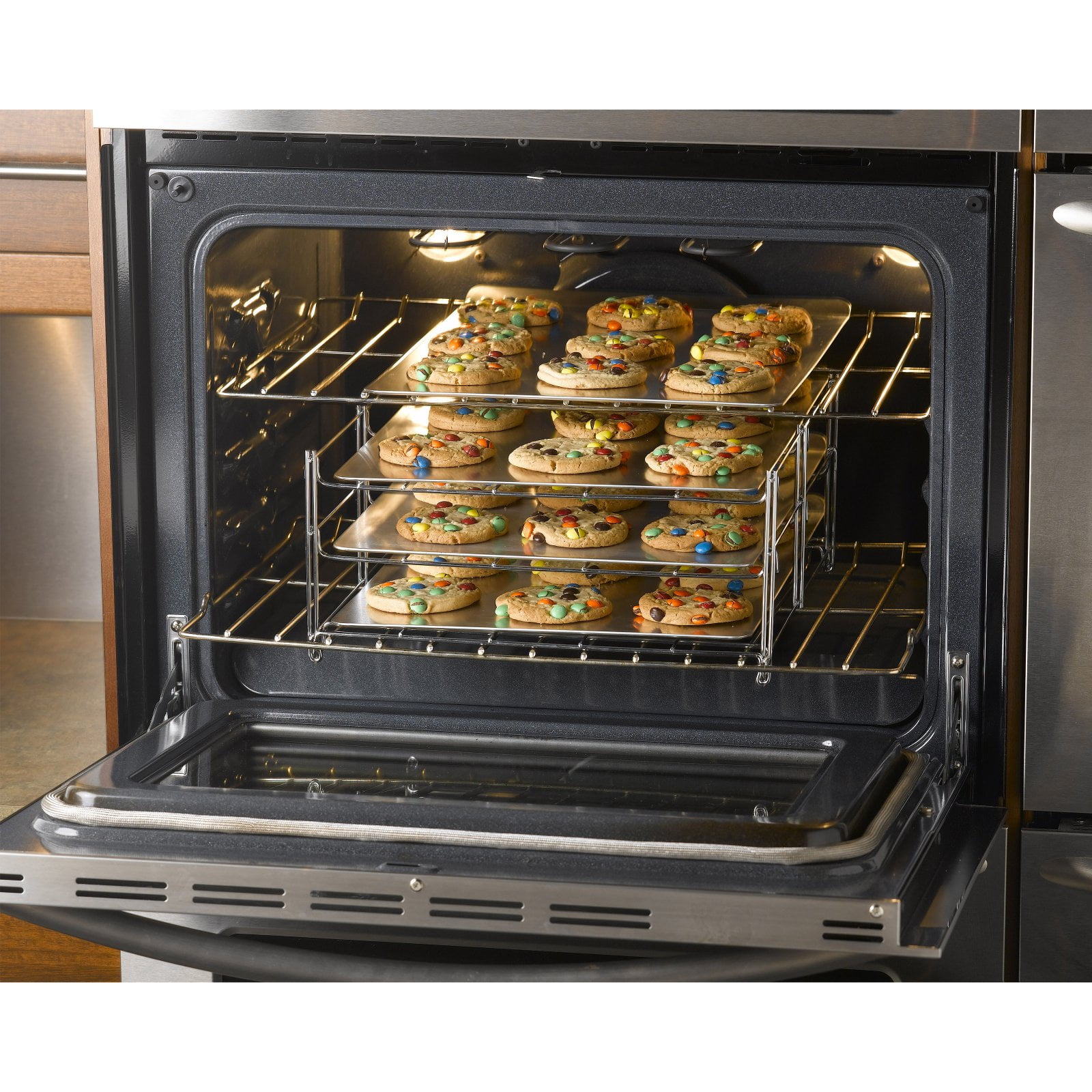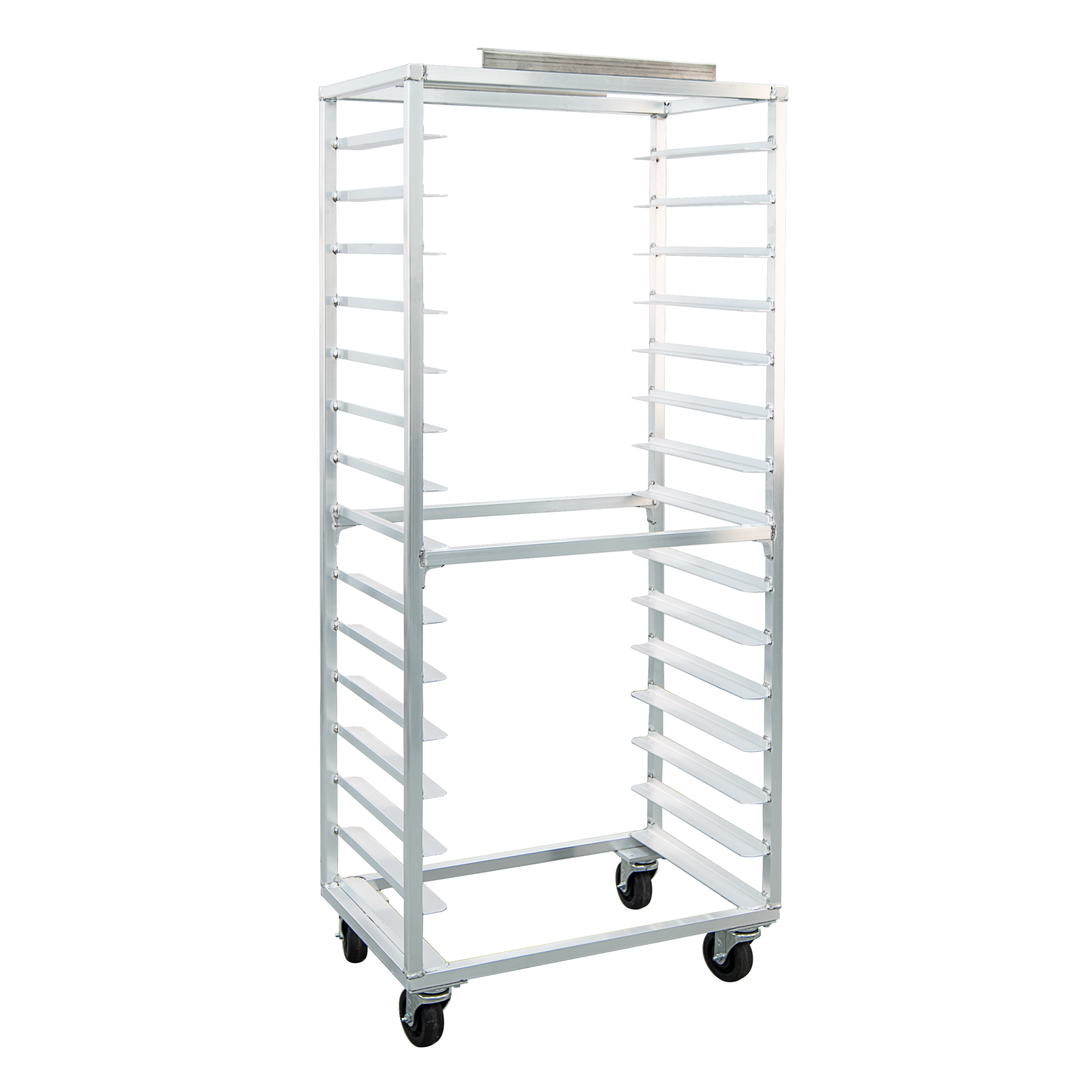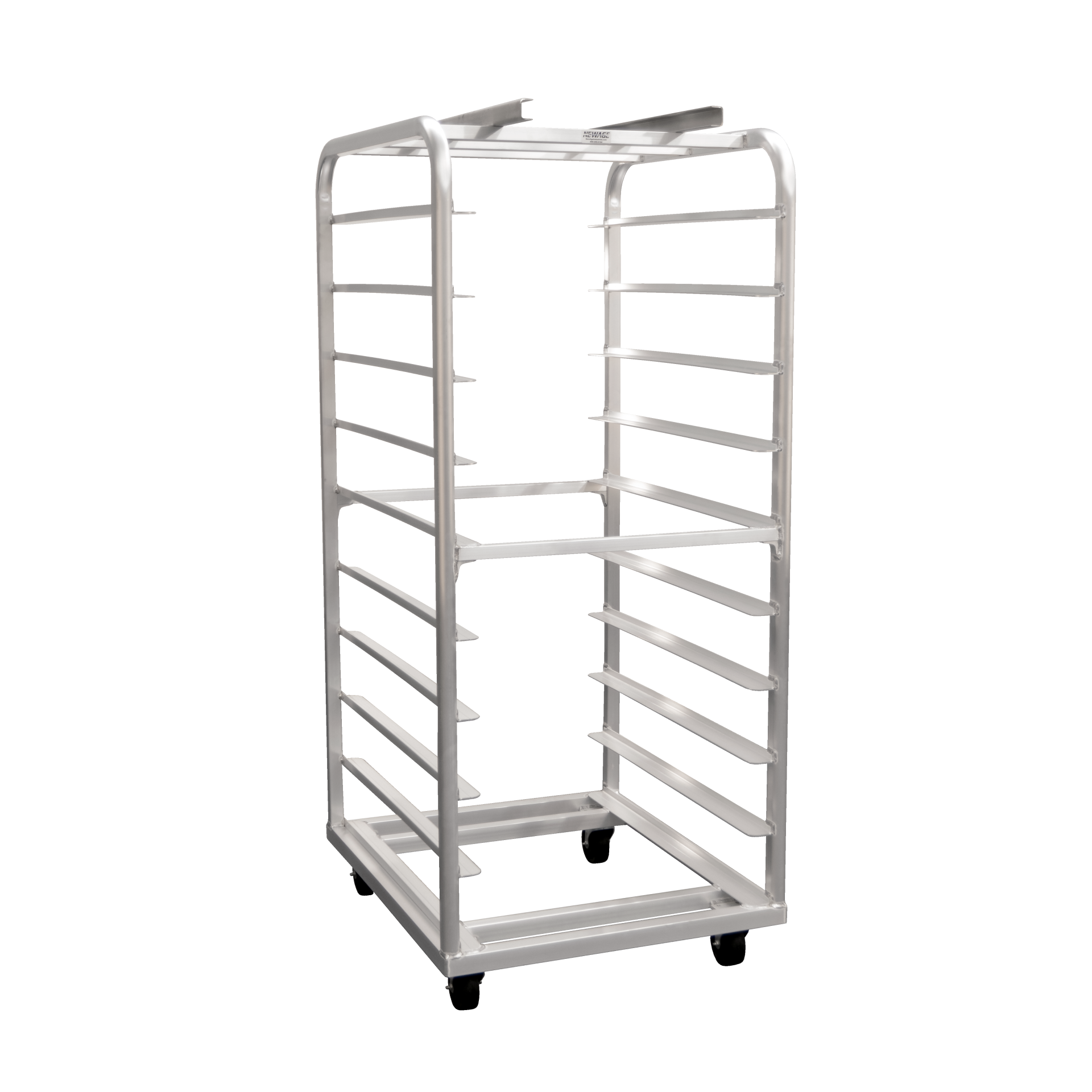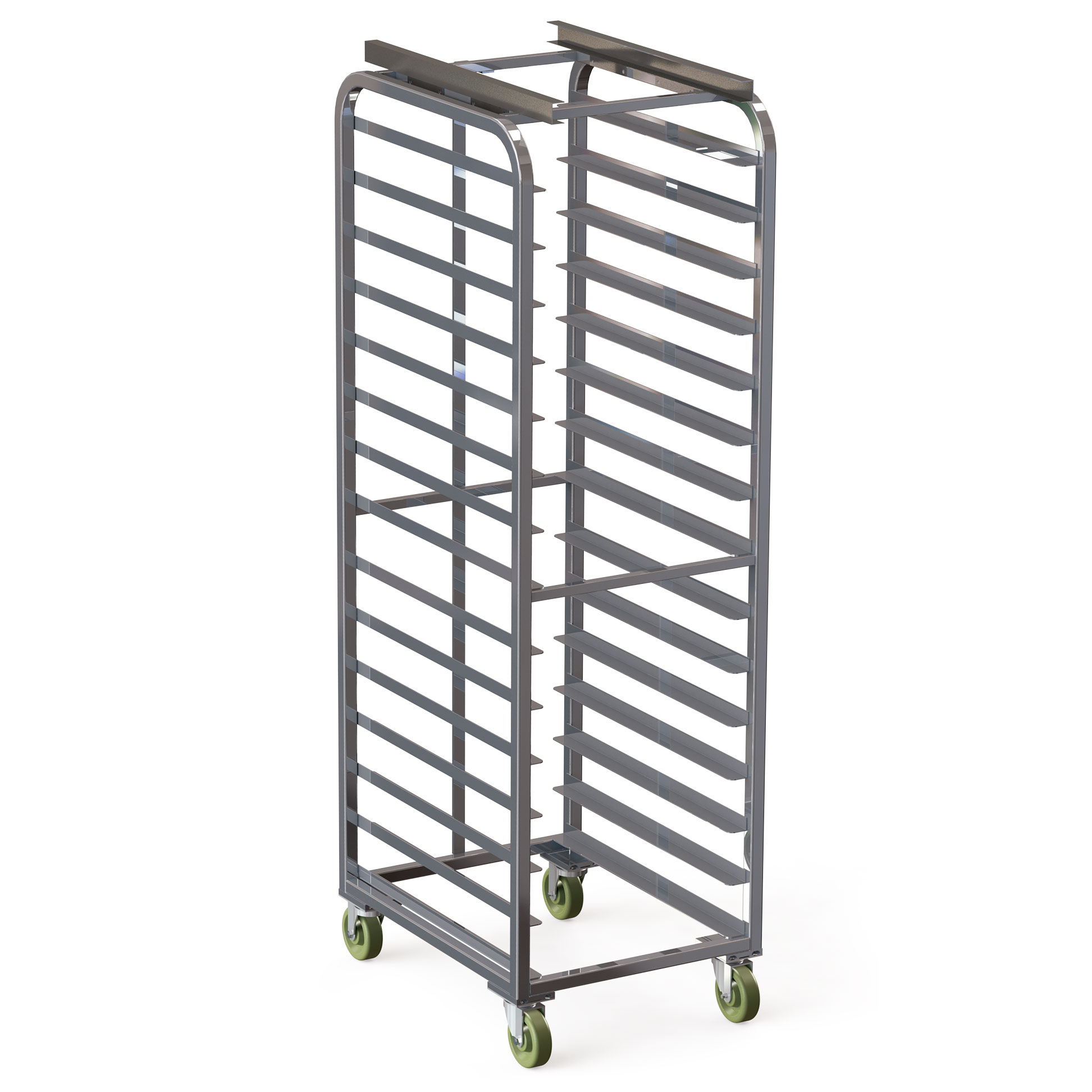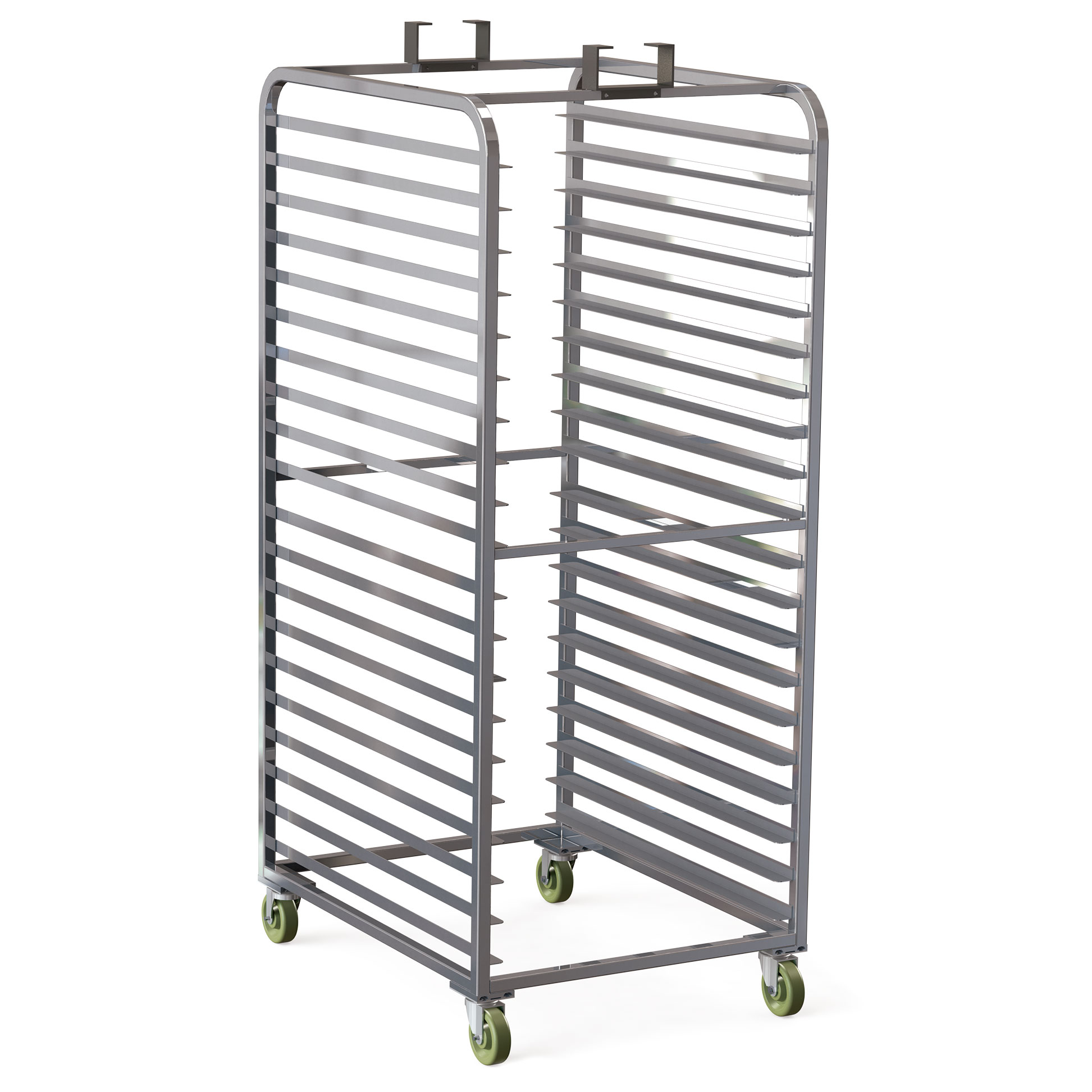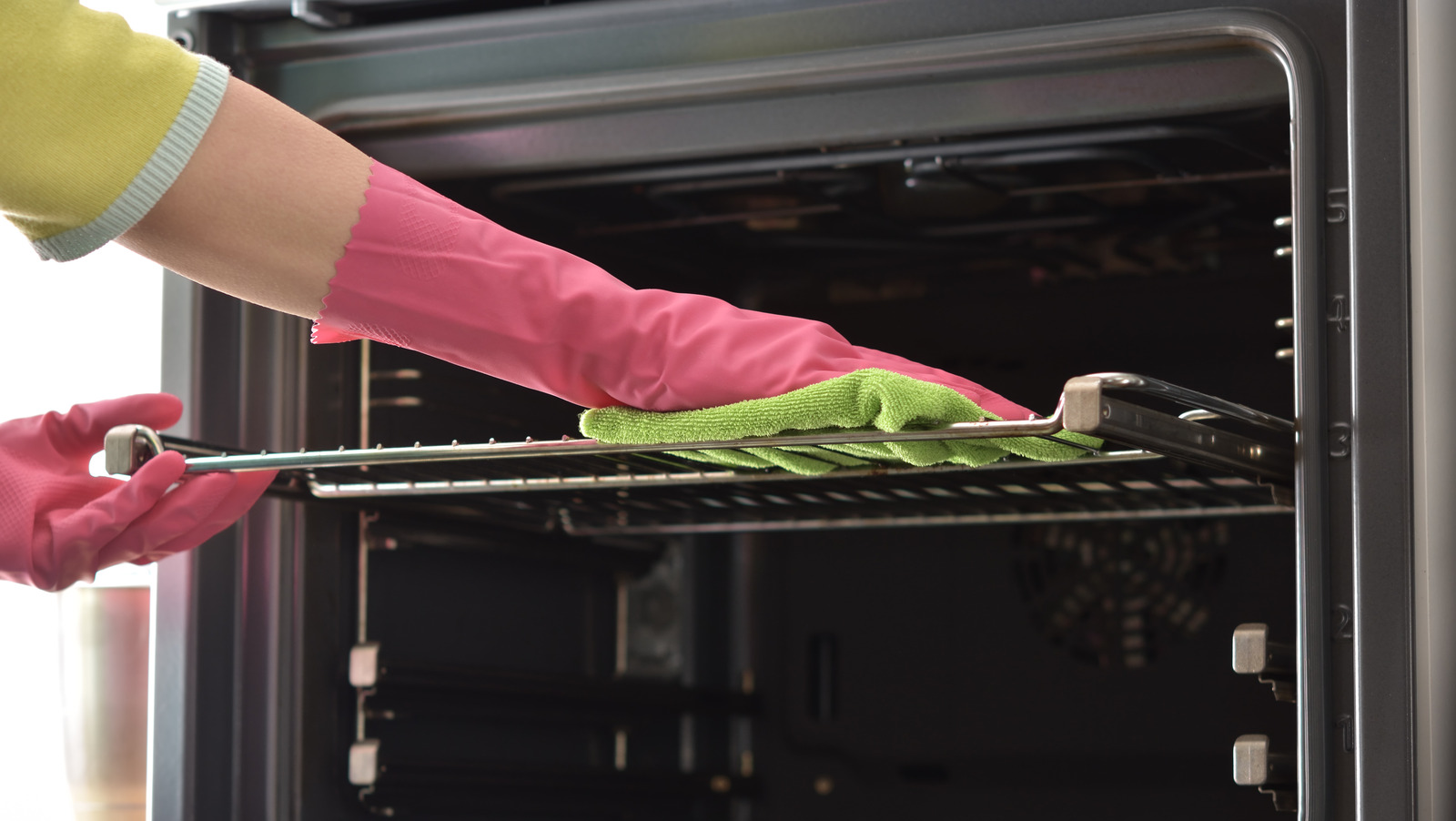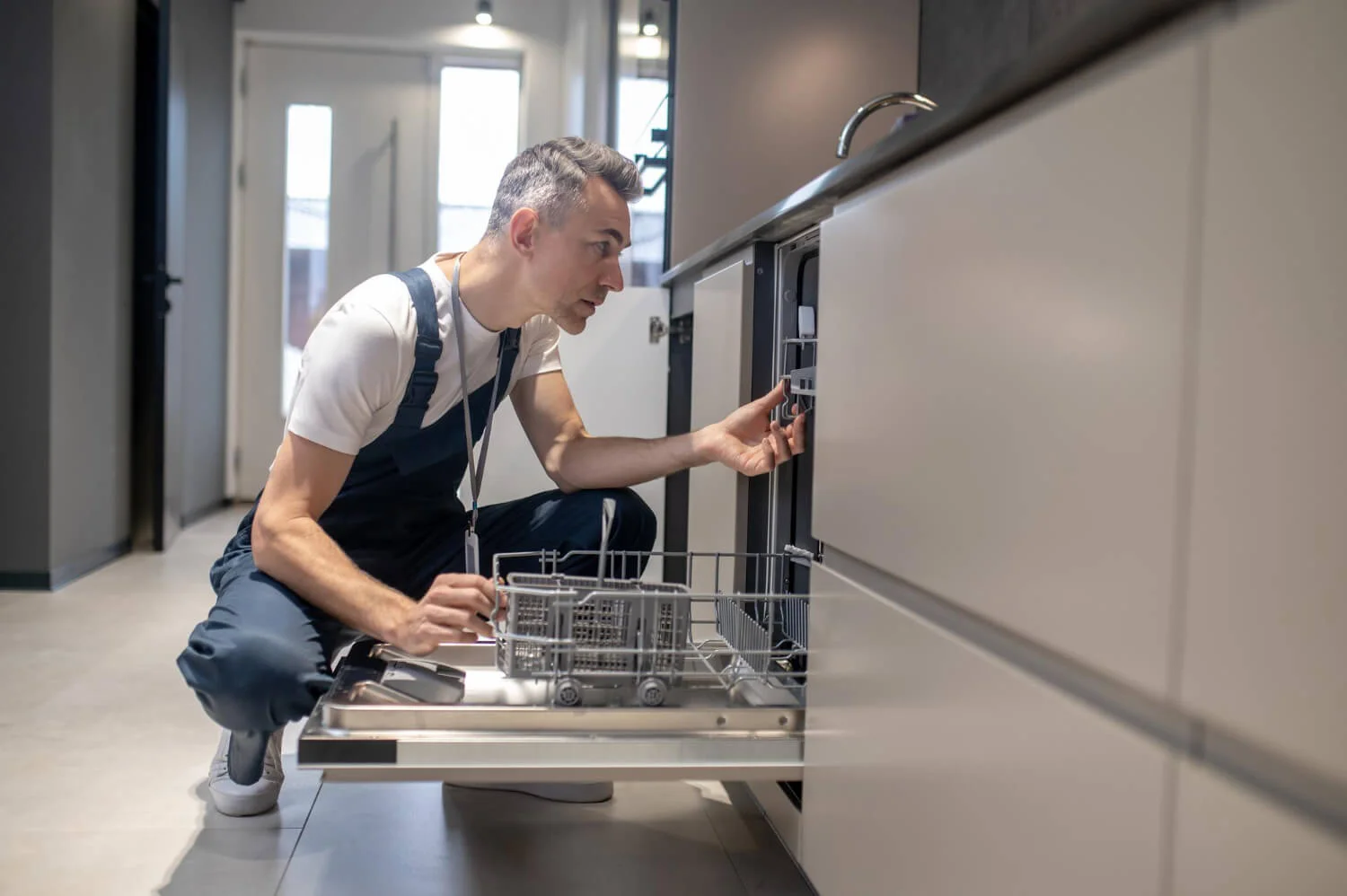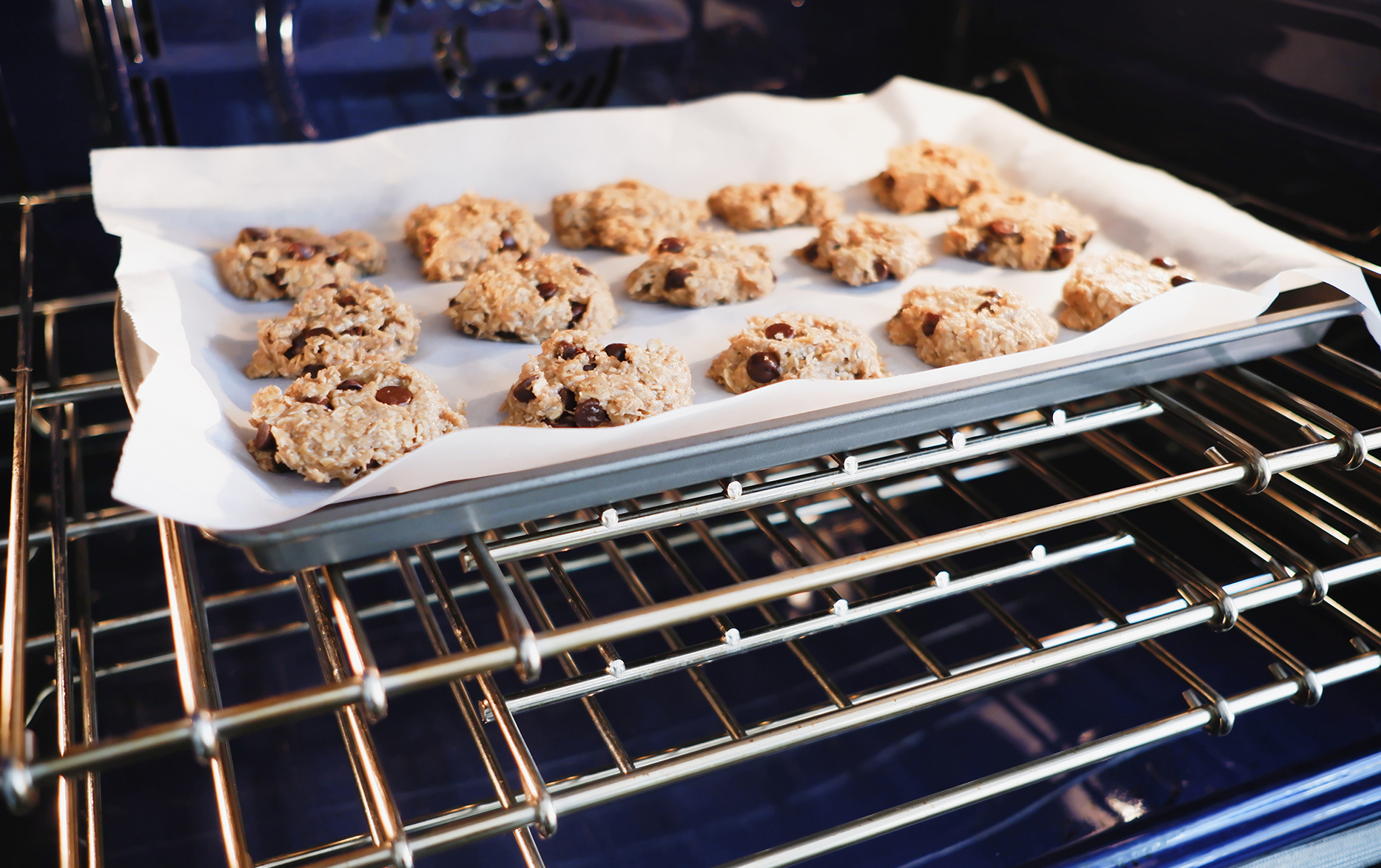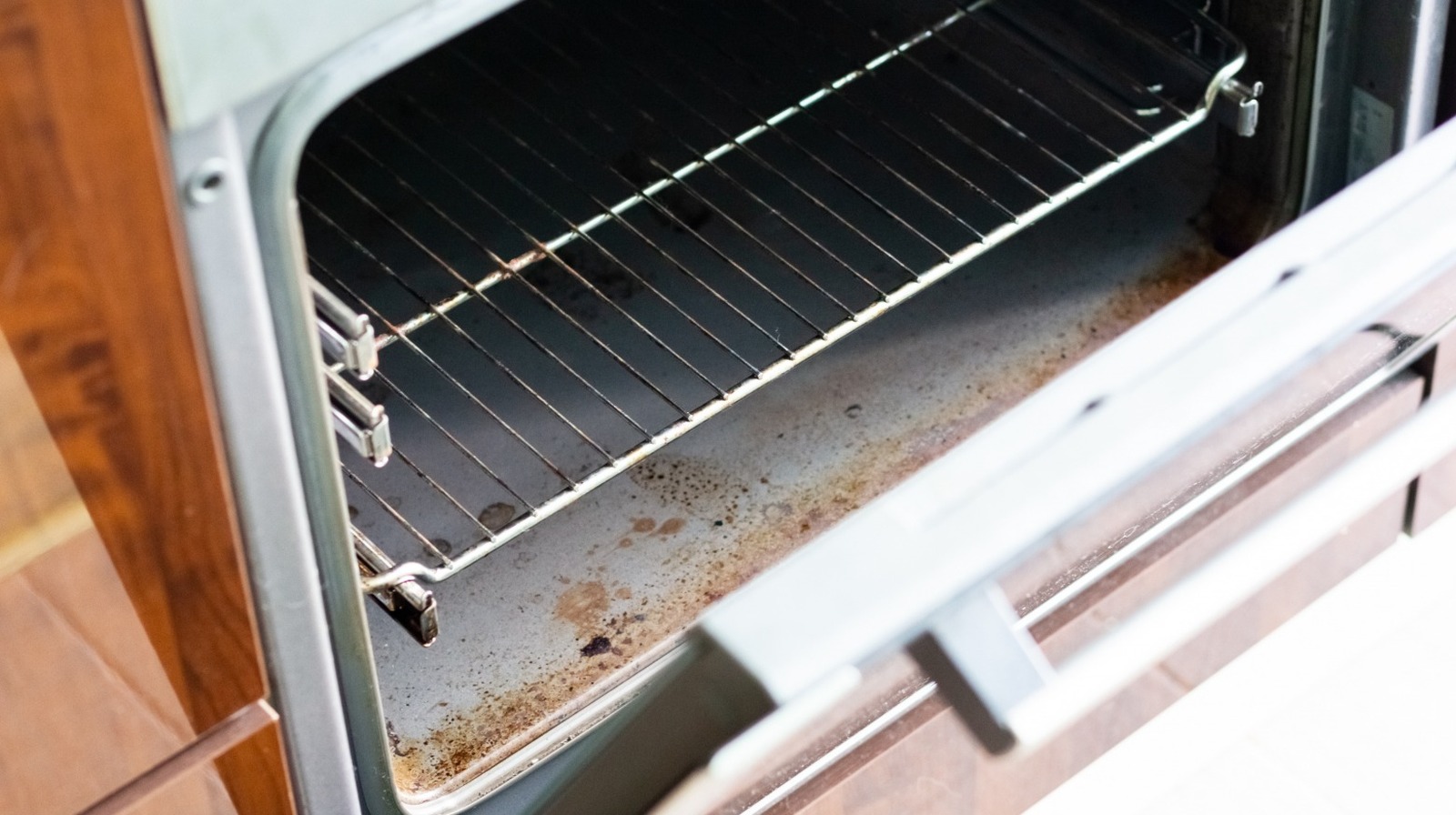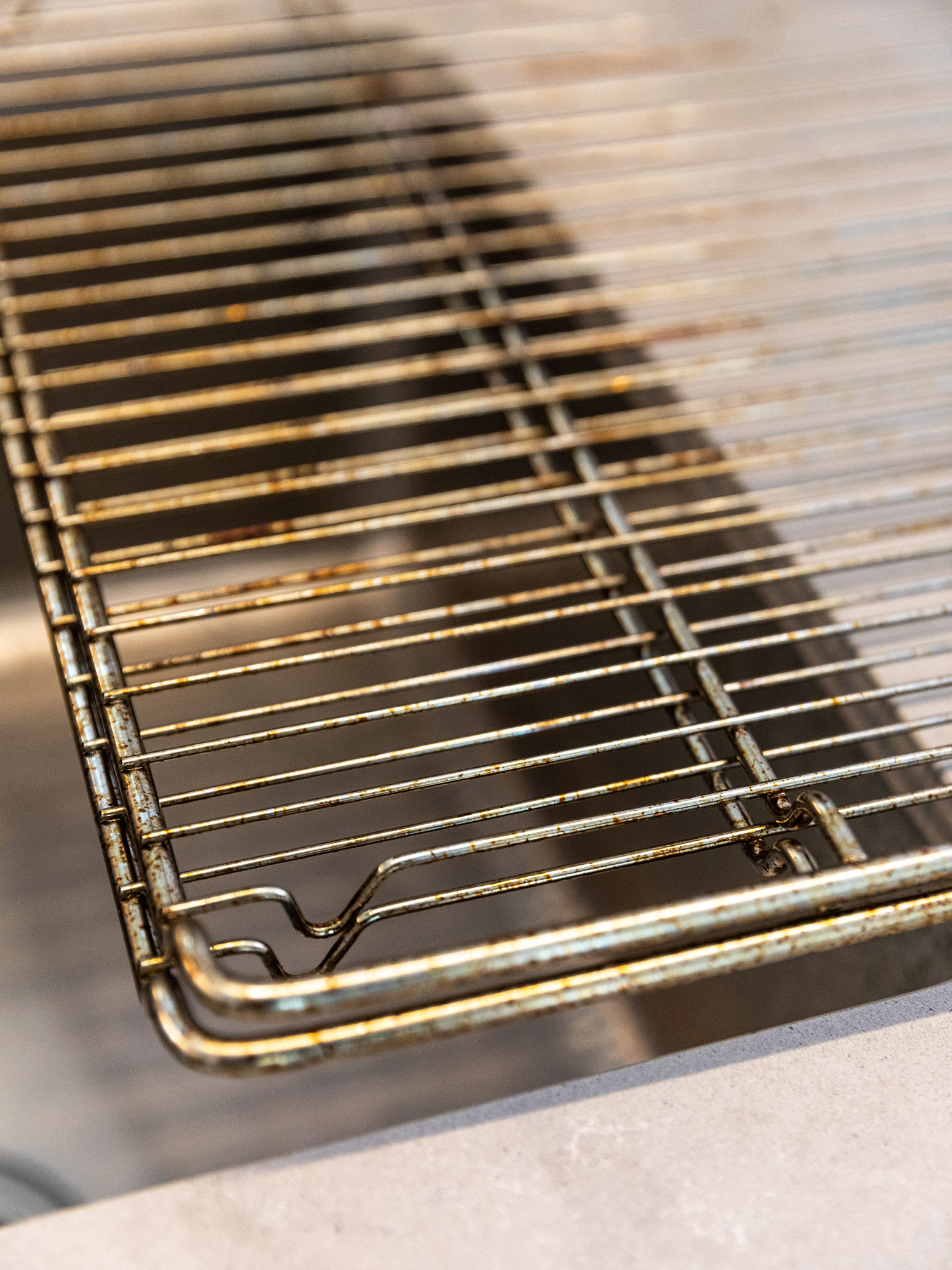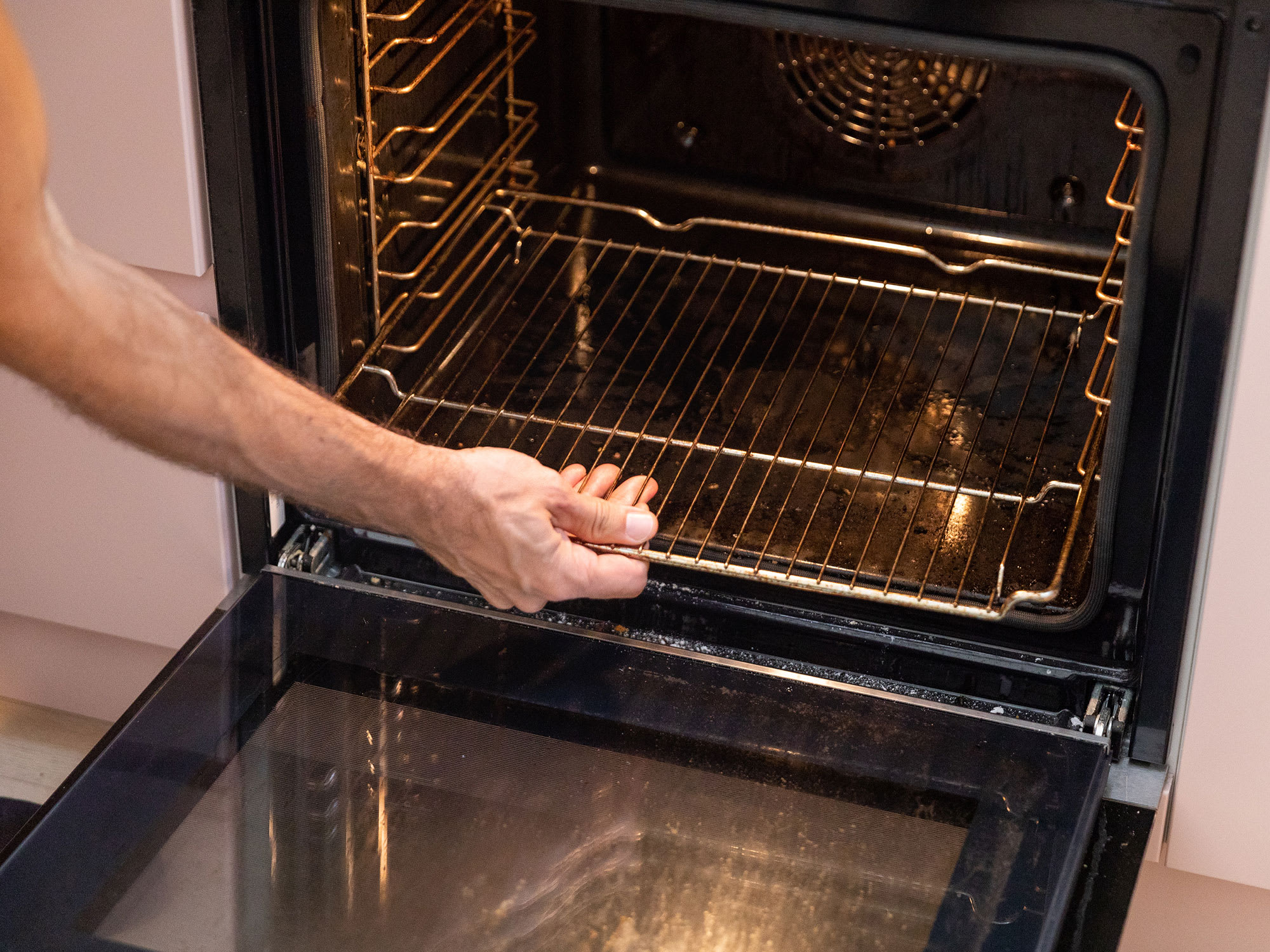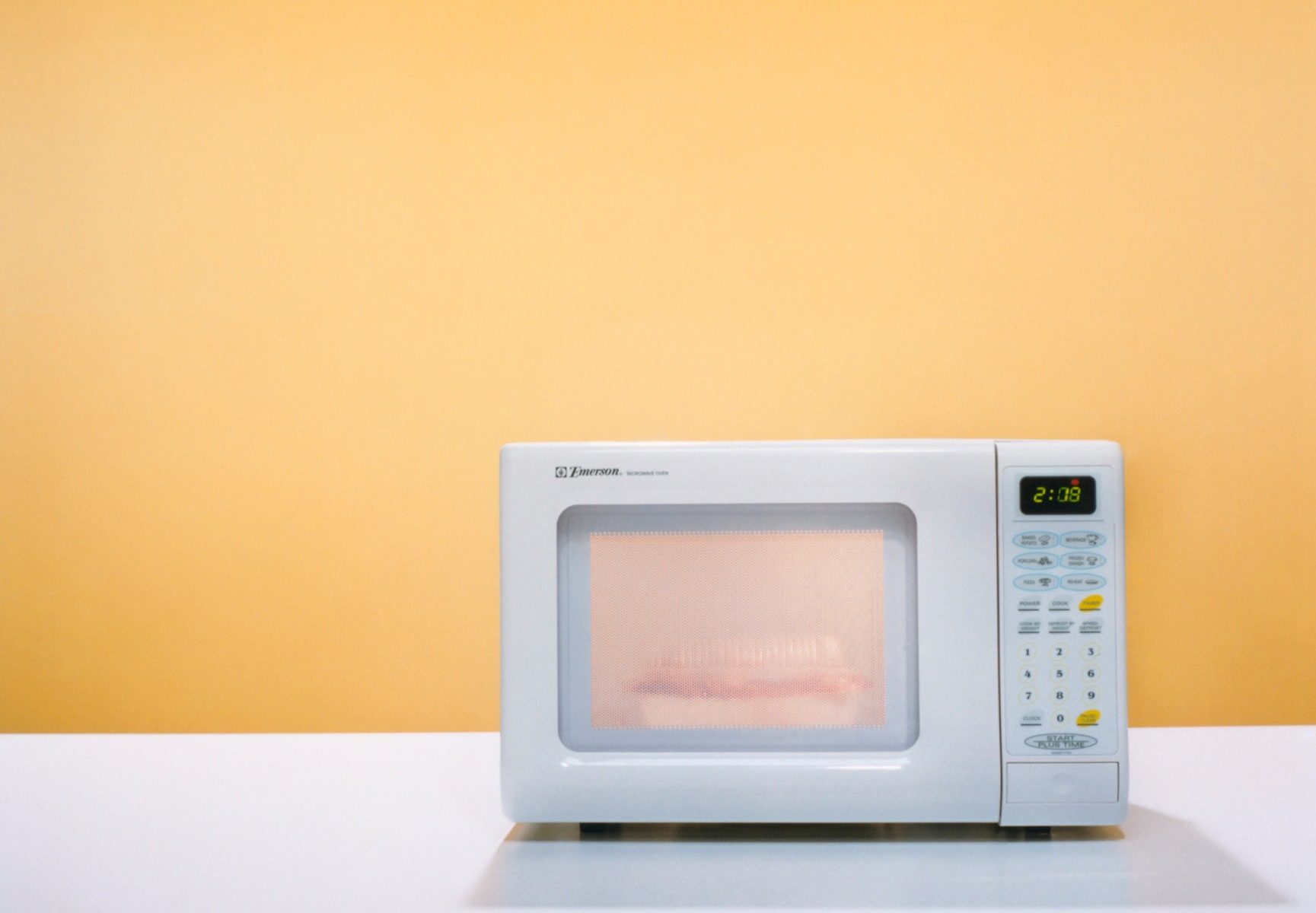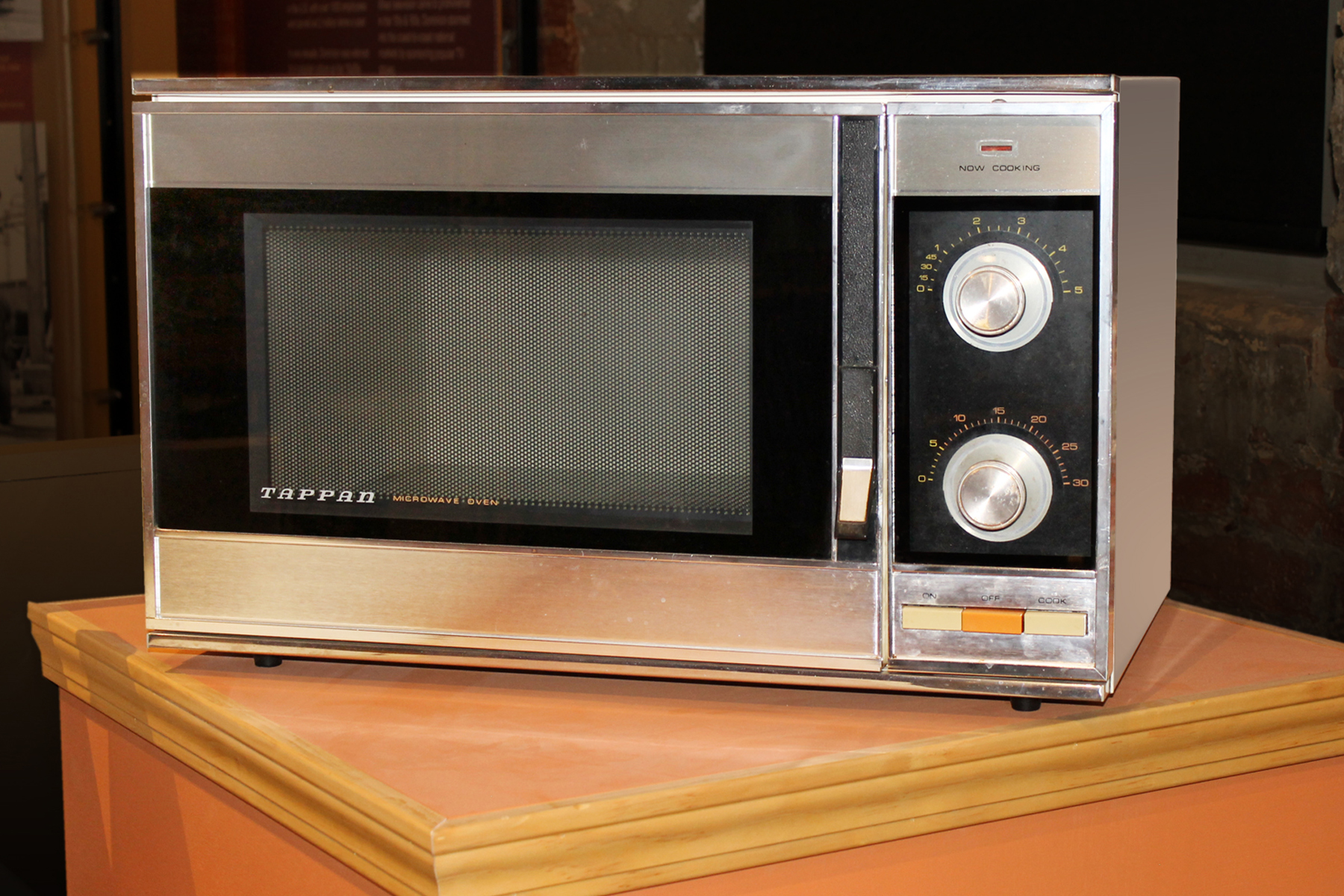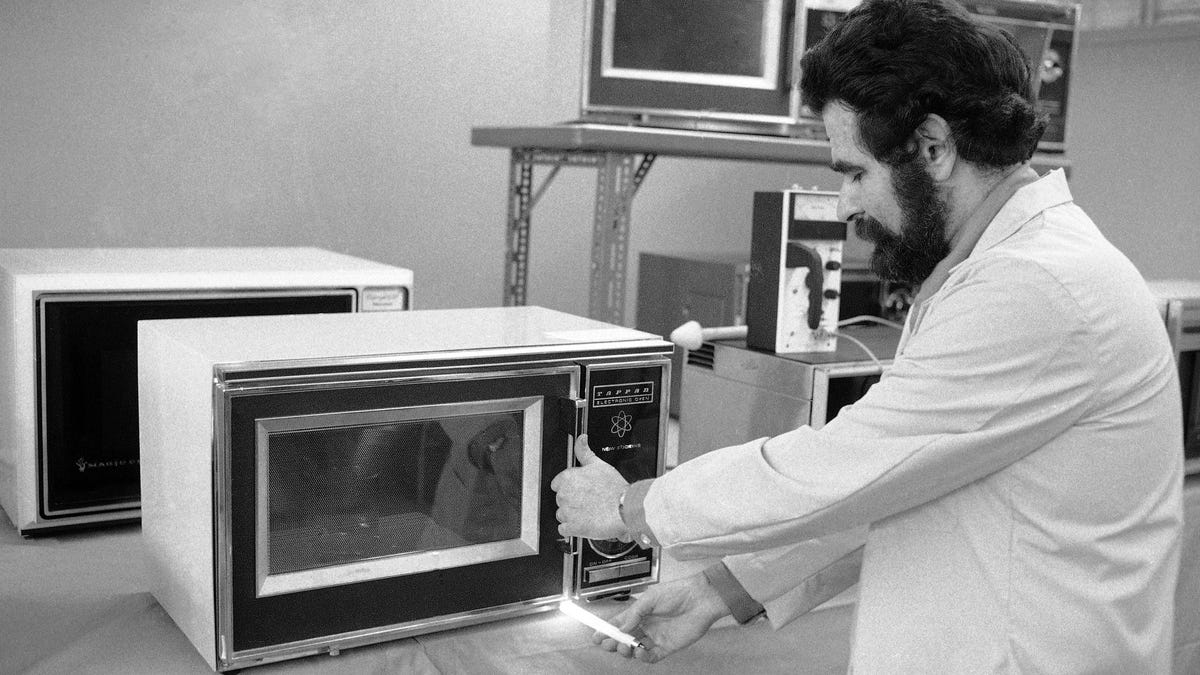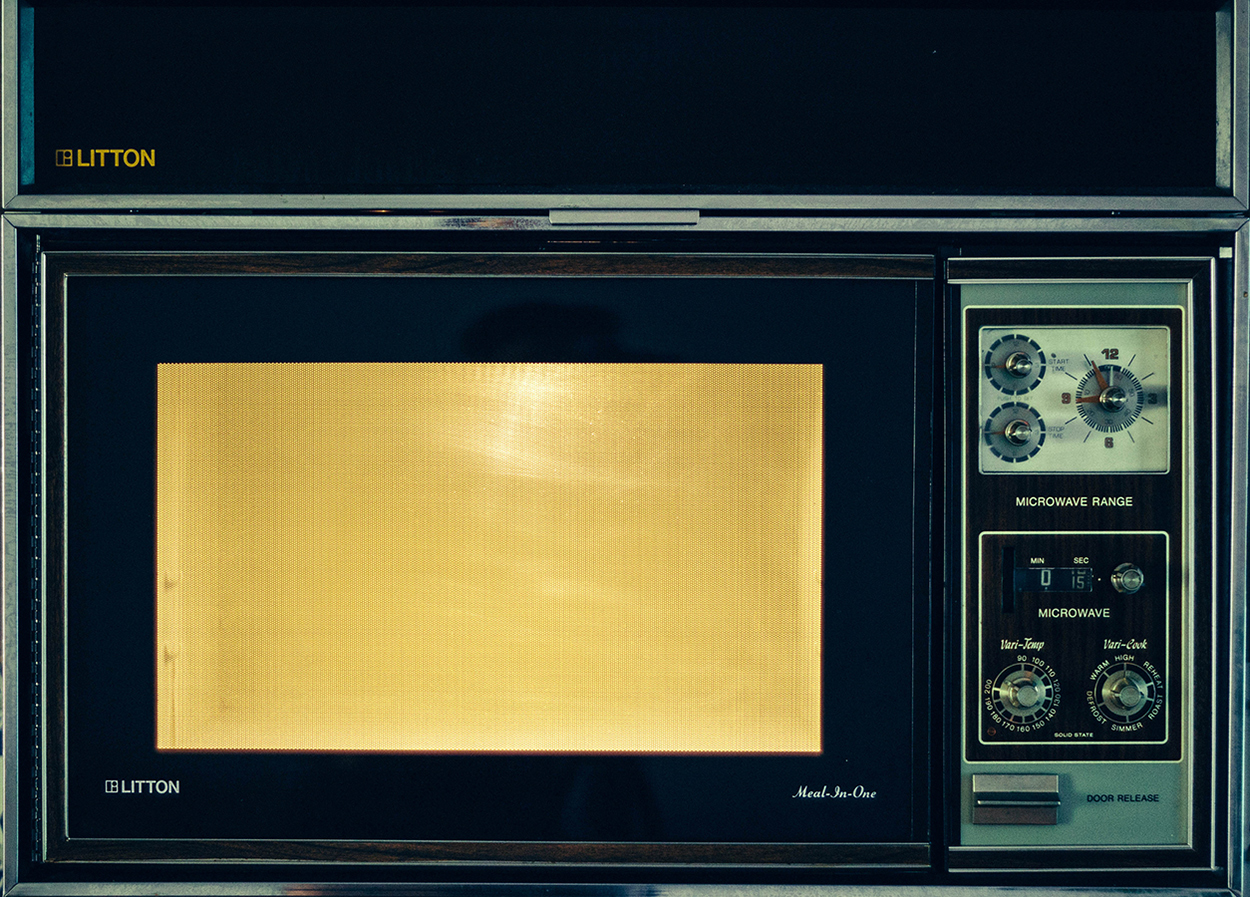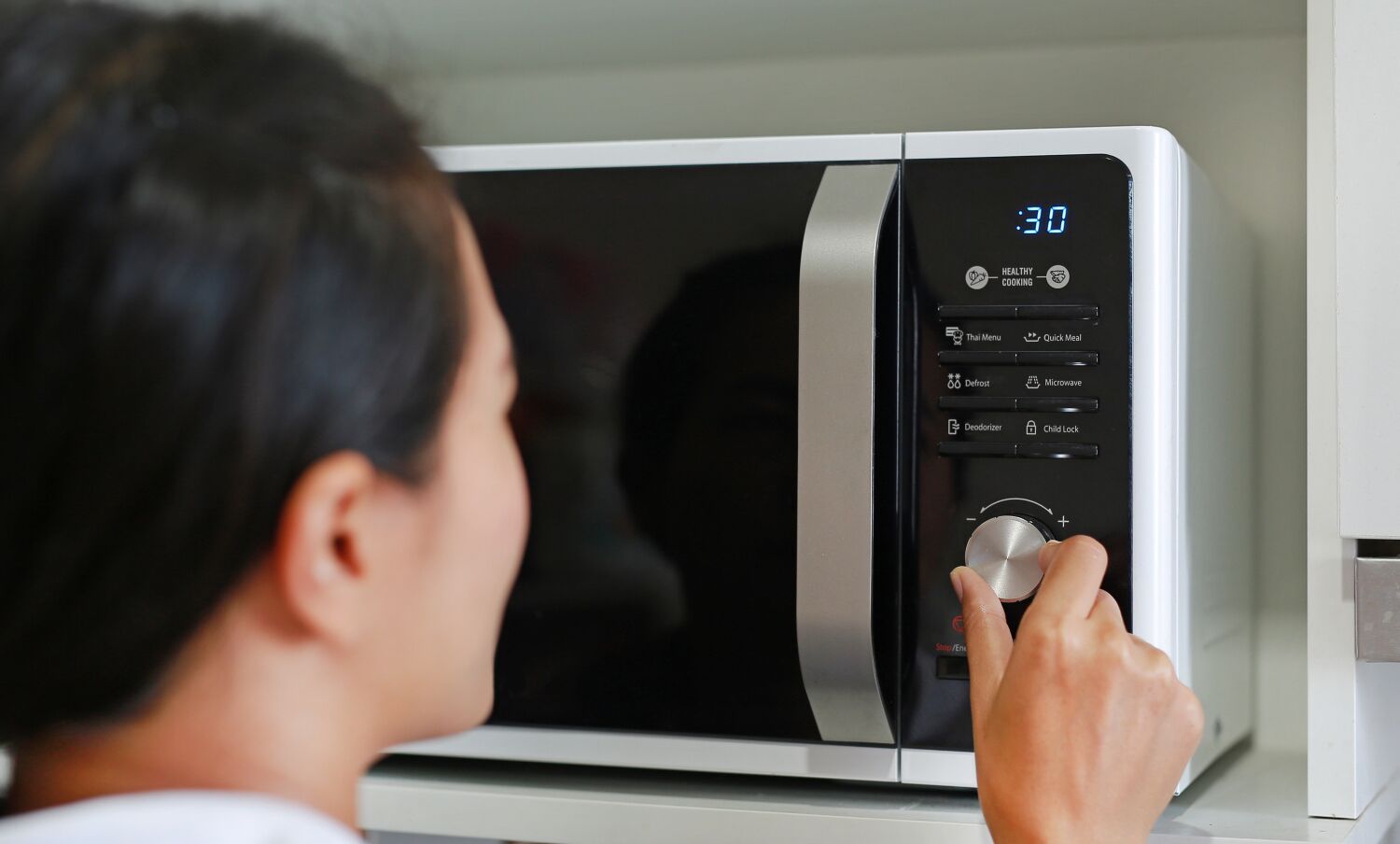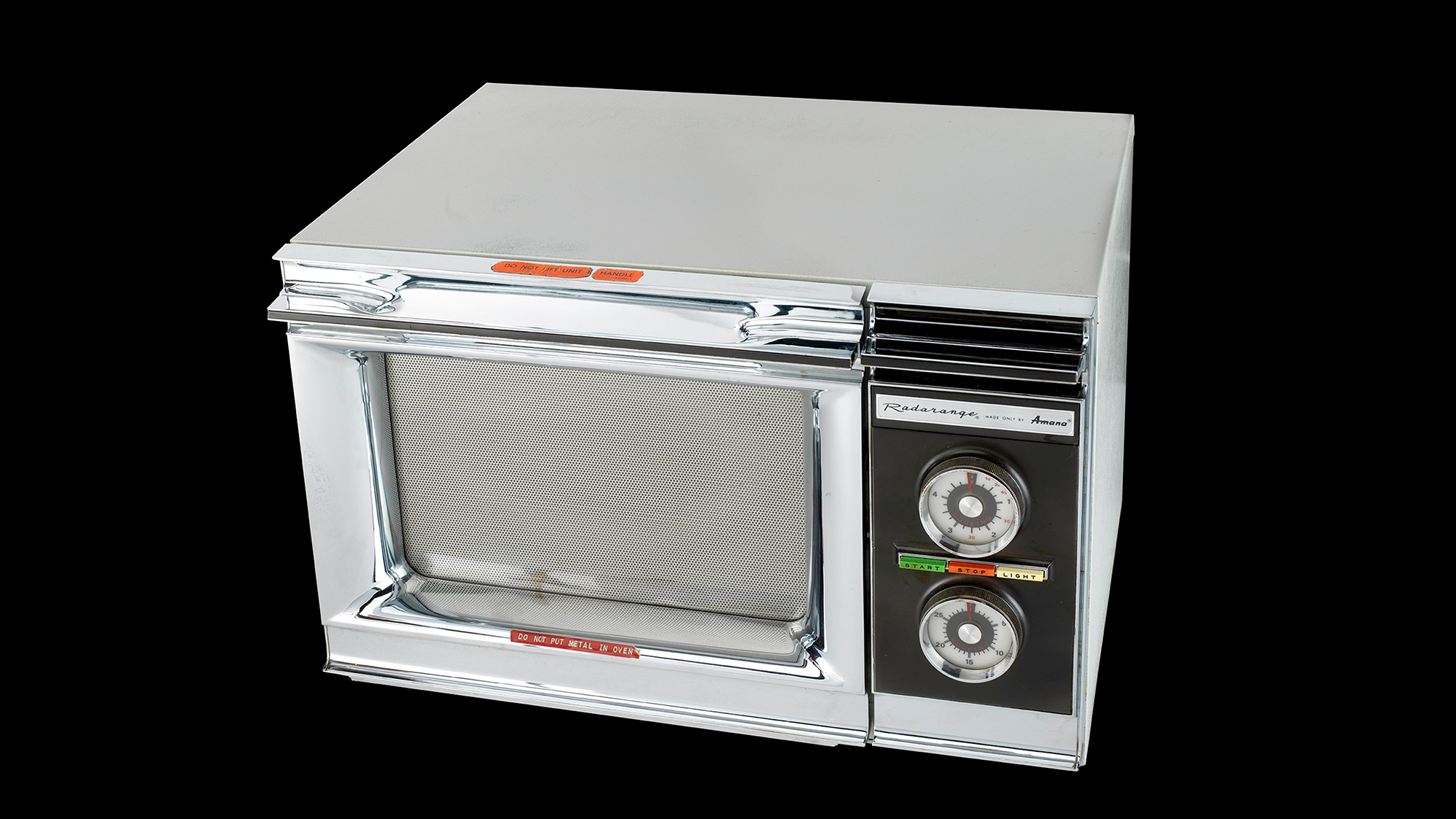Introduction:
Remodeling a kitchen with black appliances can be an exciting and transformative project. Black appliances can add a sleek and modern touch to your kitchen design. When planning a kitchen remodel with black appliances of 2024, it is important to consider factors such as color coordination, materials, lighting, and layout to ensure a cohesive and visually appealing result. In this article, we will explore various strategies and tips to help you remodel your kitchen with black appliances successfully.
How to remodel kitchen with black appliances?
Kitchen black appliances
Establish a Design Plan:
a. Determine Your Style: Before starting your kitchen remodel, consider the style you want to achieve. Decide whether you prefer a contemporary, minimalist, industrial, or even a traditional look. This will guide your color and material choices throughout the remodeling process.
b. Coordinate Colors: Select a color palette that complements black appliances. Popular choices include white, gray, and natural wood tones. Consider incorporating these colors in cabinetry, countertops, backsplashes, and flooring to create a cohesive and visually appealing design.
c. Research Inspiration: Look for inspiration in magazines, online platforms, and home improvement shows to gather kitchen remodel ideas with black appliances. Pay attention to kitchens with black appliances to get a sense of how different design elements can be integrated.
Cabinets and Countertops:
a. Contrasting Colors: Choose cabinets and countertops in colors that create contrast with black appliances. For example, white or light-colored cabinets can provide a striking contrast and make the appliances stand out. Alternatively, dark cabinets can create a seamless and sophisticated look when paired with black appliances.
b. Material Selection: Consider the materials used for cabinets and countertops. Opt for durable and low-maintenance materials such as quartz or granite for countertops, and choose high-quality finishes for cabinets to ensure longevity.
c. Finishes and Hardware: Select finishes and hardware that complement the overall design. Brushed nickel or stainless steel finishes can provide a modern and cohesive look when paired with black appliances. Alternatively, consider matte black or brass hardware to create a sophisticated and trendy aesthetic.
Backsplashes and Flooring:
a. Backsplash Options: Choose a backsplash that complements the color scheme and style of your kitchen. Consider materials such as subway tiles, ceramic tiles, or even glass tiles in neutral colors. These can create a visually pleasing backdrop for your black appliances.
b. Patterns and Textures: Play with patterns and textures to add visual interest. Consider herringbone, chevron, or mosaic patterns for your backsplash. Textured tiles or natural stone materials can also enhance the overall design and provide a unique touch.
c. Flooring Choices: Select flooring that complements the black appliances and other design elements in your kitchen. Light-colored flooring, such as white oak or light gray tiles, can create a beautiful contrast and make the space feel more open. Alternatively, dark hardwood or tile can create a seamless and elegant look when paired with black appliances.
Lighting and Fixtures:
a. Natural Lighting: Maximize natural lighting by incorporating larger windows or skylights in your kitchen remodel. Natural light can help counterbalance the dark color of black appliances and create a brighter and more inviting space.
b. Task Lighting: Install task lighting in key areas such as above the stove, sink, and countertops. This ensures proper illumination for cooking and food preparation tasks. Consider stylish pendant lights or under-cabinet lighting to enhance both functionality and aesthetics.
c. Ambient Lighting: Use ambient lighting to create a warm and inviting atmosphere. Consider recessed lighting, chandeliers, or wall sconces to provide overall illumination and complement the design elements in your kitchen.
Layout and Functionality:
Black appliances in kitchen
a. Ergonomics and Workflow: Consider the layout of your kitchen to maximize functionality and workflow. Ensure that the placement of appliances allows for easy access and efficient movement between work areas. This includes positioning the refrigerator, stove, sink, and preparation areas in a logical and convenient manner.
b. Ample Storage: Maximize storage space to keep your kitchen organized and clutter-free. Incorporate a mix of cabinets, drawers, and open shelving to accommodate different types of items and utilize space efficiently.
c. Appliance Placement: Plan the placement of your black appliances strategically to ensure a cohesive and balanced design. Consider creating a focal point by placing the appliances in a prominent area, such as the cooking zone or an island.
Accessories and Decor:
Black appliance kitchen
a. Color Accents: Introduce pops of color through accessories and decor to enhance the overall design. Consider vibrant dishware, decorative items, or even fresh plants and flowers to add life and personality to your kitchen.
b. Textiles and Soft Furnishings: Use textiles such as curtains, rugs, and seat cushions to add warmth and texture to the space. Choose colors and patterns that complement the black appliances and other design elements.
c. Personal Touches: Incorporate personal touches and artwork that reflect your style and personality. Hang artwork or display items that inspire you and create a welcoming atmosphere in your kitchen.
Maintenance and Cleaning:
a. Consider Finishes: When selecting materials for your kitchen remodel, consider finishes that are easy to clean and maintain. Black appliances can show fingerprints and smudges more easily, so opt for finishes that resist smudging and are easy to wipe clean.
b. Cleaning Techniques: Learn the proper cleaning techniques for your black appliances and surfaces. Use non-abrasive cleaners and microfiber cloths to avoid scratching or damaging the finish. Regularly wipe down the appliances and surfaces to keep them looking their best.
c. Preventative Care: Take preventative measures to keep your black appliances in good condition. Use appliance covers or protective films to prevent scratches or dings. Additionally, avoid using abrasive cleaners or scouring pads that can damage the finish.
Popular trends associated with black appliances in kitchens:
Kitchen remodel ideas with black appliances
The trend of having a kitchen with black appliances has gained popularity in recent years. Here are some popular trends associated with black appliances in kitchens:
Bold and Modern Look:
Black appliances create a sleek, modern, and sophisticated look in the kitchen. They add a touch of elegance and create a dramatic contrast against light-colored countertops or cabinets.
Matte Black Finish:
Matte black finishes have become particularly trendy for kitchen appliances. This finish offers a smooth texture and a non-glossy appearance, giving the appliances a contemporary and seamless look.
Integration with Dark Cabinetry:
Pairing black appliances with dark-colored cabinetry, such as deep wood tones or rich charcoal finishes, creates a cohesive and cohesive aesthetic. It provides a seamless flow and creates a monochromatic or high-contrast look in the kitchen.
Black Stainless Steel:
Black stainless steel appliances have gained popularity in recent years. This alternative to traditional stainless steel adds a touch of modern sophistication with its black finish, while still offering the durability and ease of cleaning associated with stainless steel.
Minimalist Design:
The use of black appliances contributes to a minimalist design approach in the kitchen. Black appliances often have clean lines and sleek profiles, allowing them to blend seamlessly with minimalist or contemporary kitchen styles.
Timelessness:
Black appliances are considered timeless, as they can complement a range of kitchen design styles. Whether your kitchen has a traditional, industrial, or modern design theme, black appliances can fit in seamlessly and provide a classic yet trendy look.
Easy Maintenance:
Black appliances are known to be relatively easier to maintain compared to traditional stainless steel appliances. They are less prone to showing fingerprints or smudges, making them more forgiving in terms of cleaning and upkeep.
Remember, kitchen design trends can vary over time, so it’s important to consider your personal preferences and the overall aesthetic you want to achieve in your kitchen. Ultimately, choose appliances and design elements that you love and will stand the test of time.
Conclusion:
Kitchen remodel ideas with black appliances
Remodeling a kitchen with black appliances offers a unique opportunity to create a sleek and modern space. By establishing a design plan, coordinating colors, and carefully selecting materials, you can ensure a cohesive and visually appealing result. Consider contrasting colors for cabinets and countertops, explore different backsplash and flooring options, and pay attention to lighting and fixtures to enhance both functionality and aesthetics. Additionally, consider the layout and functionality of your kitchen, ensuring that the placement of appliances allows for efficient movement and workflow. Finally, incorporate accessories and personal touches to add warmth and personality to your kitchen remodel. With careful consideration and attention to detail, you can successfully remodel your kitchen with black appliances and create a stylish and inviting space.





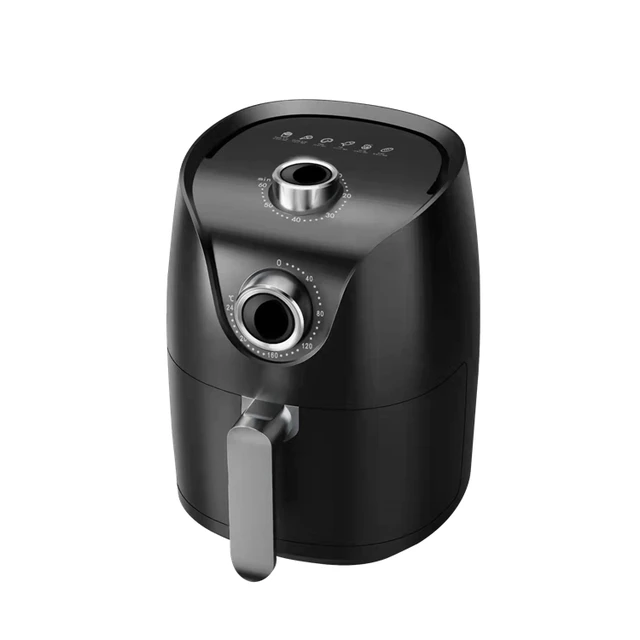
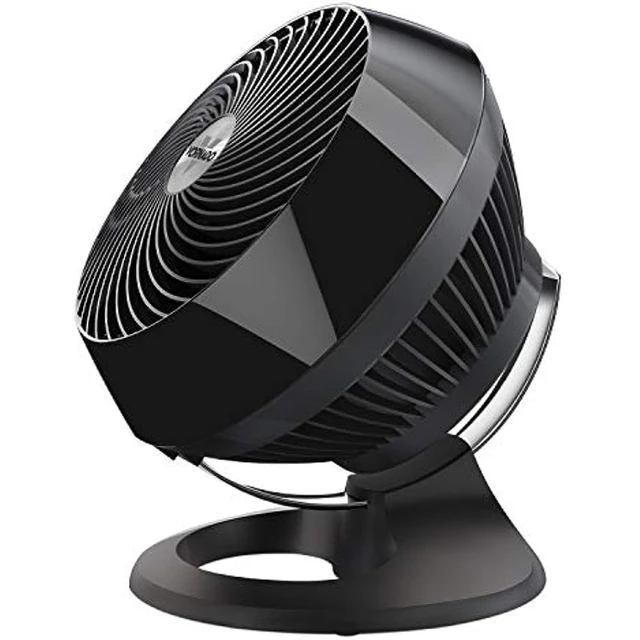
























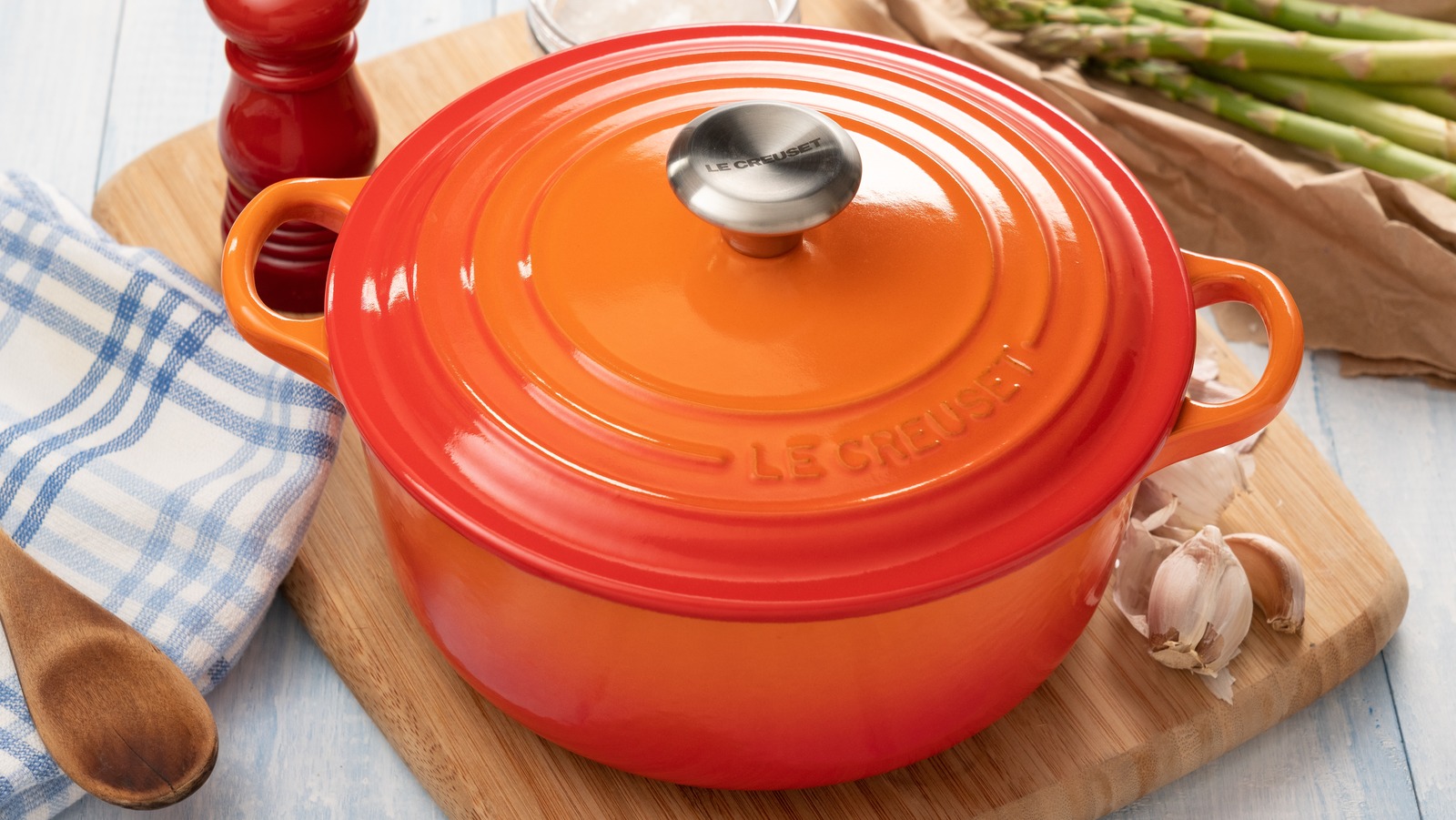
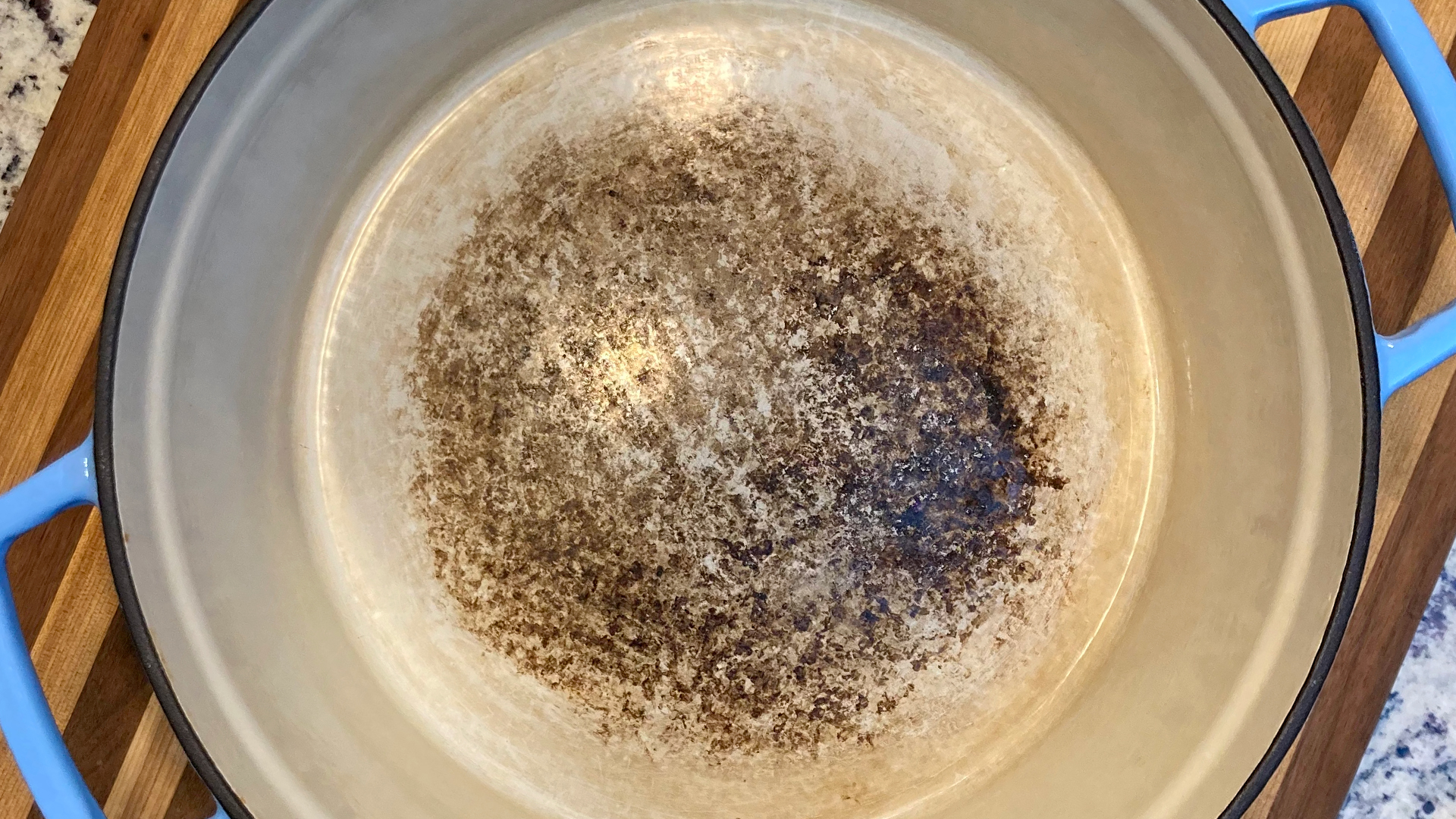 Understanding the Types of Stains
Understanding the Types of Stains